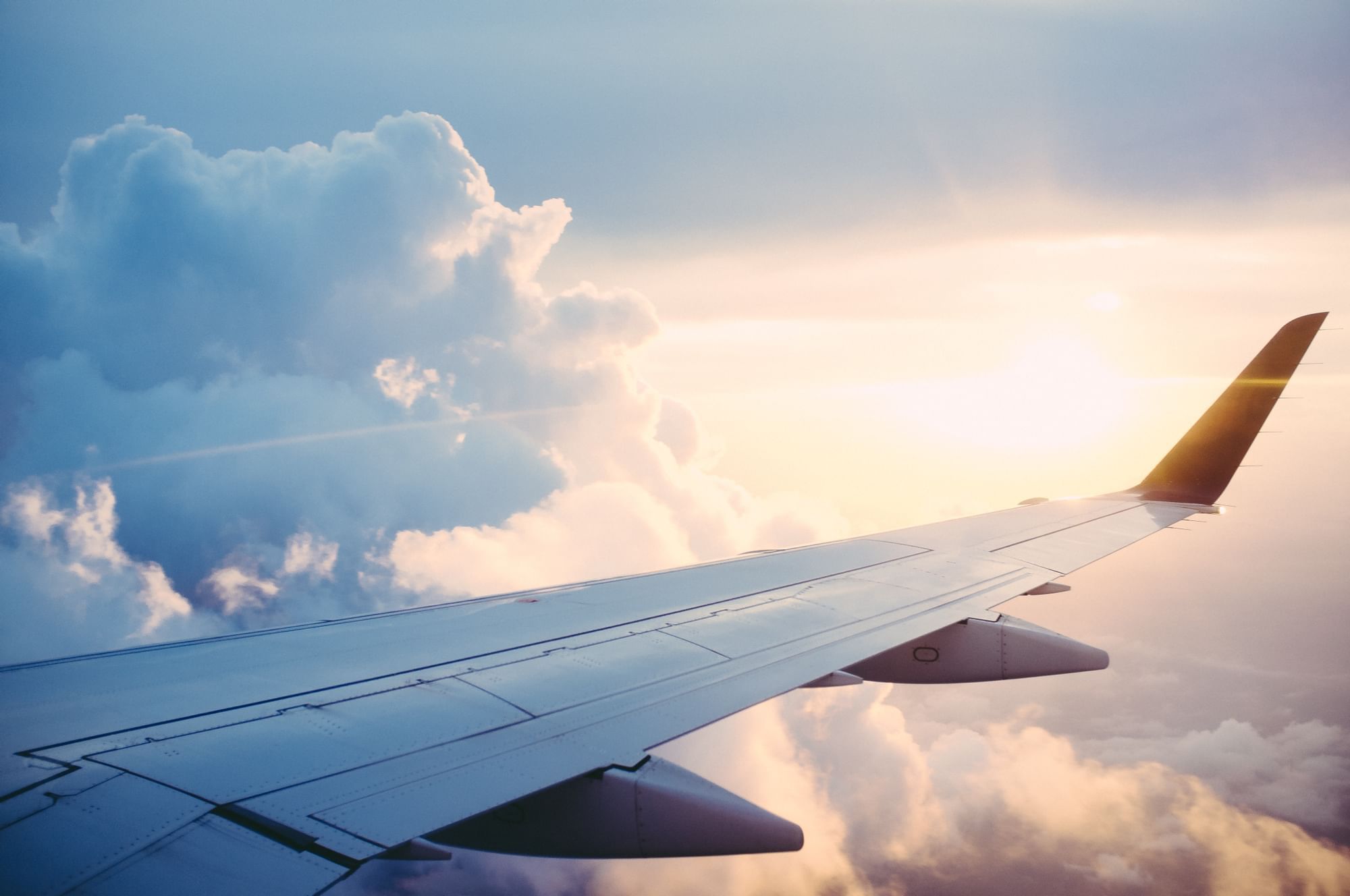Tuscany, Bellissima Italiana
First and foremost, Tuscany is picture-postcard-perfect. With vistas of gentle golden yellow and soft greens dotted with proud cypress bordering long-established olives and vines that are watched over by delicately perched villages – the views are as iconic as they are romantic.
Home of the Renaissance, of the Italian language and of Dante Petrarch and Boccaccio; Tuscany - and its capital Florence, a World Heritage Site – is the birthplace and resting place of some of the world’s most famous and most loved artistic and architectural jewels. The Etruscans left remarkable funerary remains, the Romans made their mark with monumental sculptures, and as to Giotto, Brunelleschi, Leonardo da Vinci, Michelangelo or Botticelli, their masterpieces are still admired today in churches and museums throughout the region. Inextricably linked with the arts, Tuscany is also famous for its refined cuisine flavours where a passion for chianti and a love for Slow Food encourages appreciation without moderation. Allow our hoteliers to introduce you to the beauty of the countryside, the sea and the mountains, Tuscany is as much a masterpiece as the ones that call it home. Thanks to our hotels, discover easily the main attractions, things to do and what to visit in Tuscany.Tuscany: THE HOTELS
DISCOVER ALL HOTELSTuscany: Be inspired
What to do, to see, to hear...
Getting to Tuscany
Two international airports will welcome you to Tuscany - Pisa and Florence. If you’re driving then that will allow you to spend a little more time admiring the beautiful landscapes of northern Italy, but if you do arrive by car, or hire one at the airport, our hoteliers want to remind you that the macchina (car) is non grata in most of the historical centers of the towns and villages of Italy – so always double check with them before you take a drive. Alternatively, arrive by train, just keep in mind that timing and cost need to be factored into your decision.


Best time to go to Tuscany
With a Mediterranean climate as gentle as its hills, Tuscany can be visited throughout the year. Without being cold, its winter temperatures can be a little cool for outdoor exploring. If you want to see the best of Tuscany, then our hoteliers strongly recommend the inter-seasons (spring and autumn) where discovering the land of the Medici is pleasant and only carries one small caveat – the risk of showers. Those who love the heat however should come in summer, just remember to pack your cappelli (hats), ombrelli (umbrellas) and your pazienza (patience).
What to do in Tuscany
The blue of the Tyrrhenian Sea, the green of the Natural Parks, the white of Carrara marble, the gold of the fields, the deep red of the chianti ... Tuscany is an artistic masterpiece you can touch, smell, taste and walk through. Run your hands along the remnants of the Middle Ages, breathe in the magnificence of the Renaissance, stroll from palace to palace, look up at seigniorial towers and sumptuous duomo, relax in animated piazze, and see for yourself the mastery of ancestral know-how. Everywhere you go in Tuscany it feels like it was taken from the pages of classic literature and gallery collections. Tuscany’s only flaw? You’ll want to return quickly, if you want to leave at all. Follow the recommendations of our hoteliers and discover the main attractions and top things to do in Tuscany.

Tuscany, Gastronomy That Celebrates Simplicity
"Cooking like your mother is good, but cooking like your grandmother is even better," says a Tuscan proverb. And indeed, the cuisine here has its heart firmly in the past in the best possible way. Regional cuisine is inspired by centuries-old recipes and traditions, such as decorating aromatic herb dishes (Etruscans) or not salting bread, the legacy of a quarrel in the Middle Ages between those in power and those who refused to pay the salt tax. Crostini, bruschetta, charcuterie, pasta, bistecca (beef) or lampredotto (tripe) are a must in Tuscan cuisine, where slow food originated, and the focus is on simple, local and seasonal.
